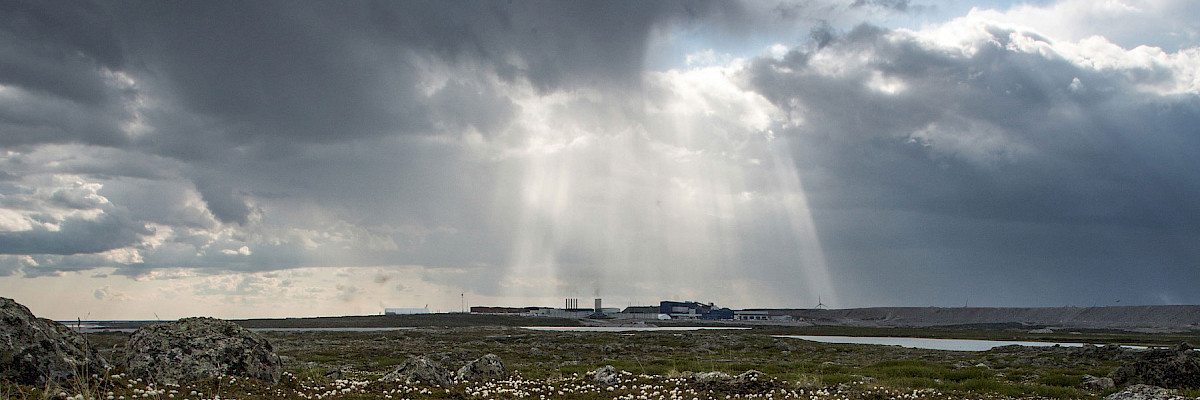
Collaboration key to next steps advancing biodiversity provisions in Arctic mining
2021-05-19
A progress report released by the Conservation of Arctic Flora and Fauna (CAFF) Working Group of the Arctic Council outlined potential next steps for advancing the "mainstreaming" of biodiversity in the Arctic mining sector and underscored the importance of engaging Indigenous communities in ongoing discussions. The proposed actions were identified by representatives from government agencies, the mining sector, and environmental organizations.
The goal of CAFF's Mainstreaming Biodiversity in Arctic Mining (MBAM) project is to provide guidance and support for the incorporation of biodiversity objectives and provisions into plans, operations, and other aspects of mining activities in the Arctic. Since 2017, CAFF has engaged hundreds of experts on this topic, including through a survey and online panels held during the COVID-19 pandemic.
Participants from across the Arctic emphasized the importance of having opportunities for mining companies, government, and environmental organizations, and scientists to continue their dialogue. This effort is unique among other efforts to mainstream biodiversity worldwide because of its focus on the circumpolar Arctic.
biodiversity is impacted by multiple factors, including climate change, infrastructure development, and resource extraction. To address these factors and protect Arctic biodiversity, CAFF is encouraging all those working on development activities in the Arctic to incorporate biodiversity considerations in their planning and operations, a process known as mainstreaming.
While a wide variety of industries engage in activities in the Arctic, CAFF began first working with the mining sector in 2017. CAFF seeks to work in partnership with others to identify and implement new cooperative efforts to improve public understanding of Arctic species and habitats and advance sustainable development across the Arctic.
 Arctic Council Working Group
Arctic Council Working Group